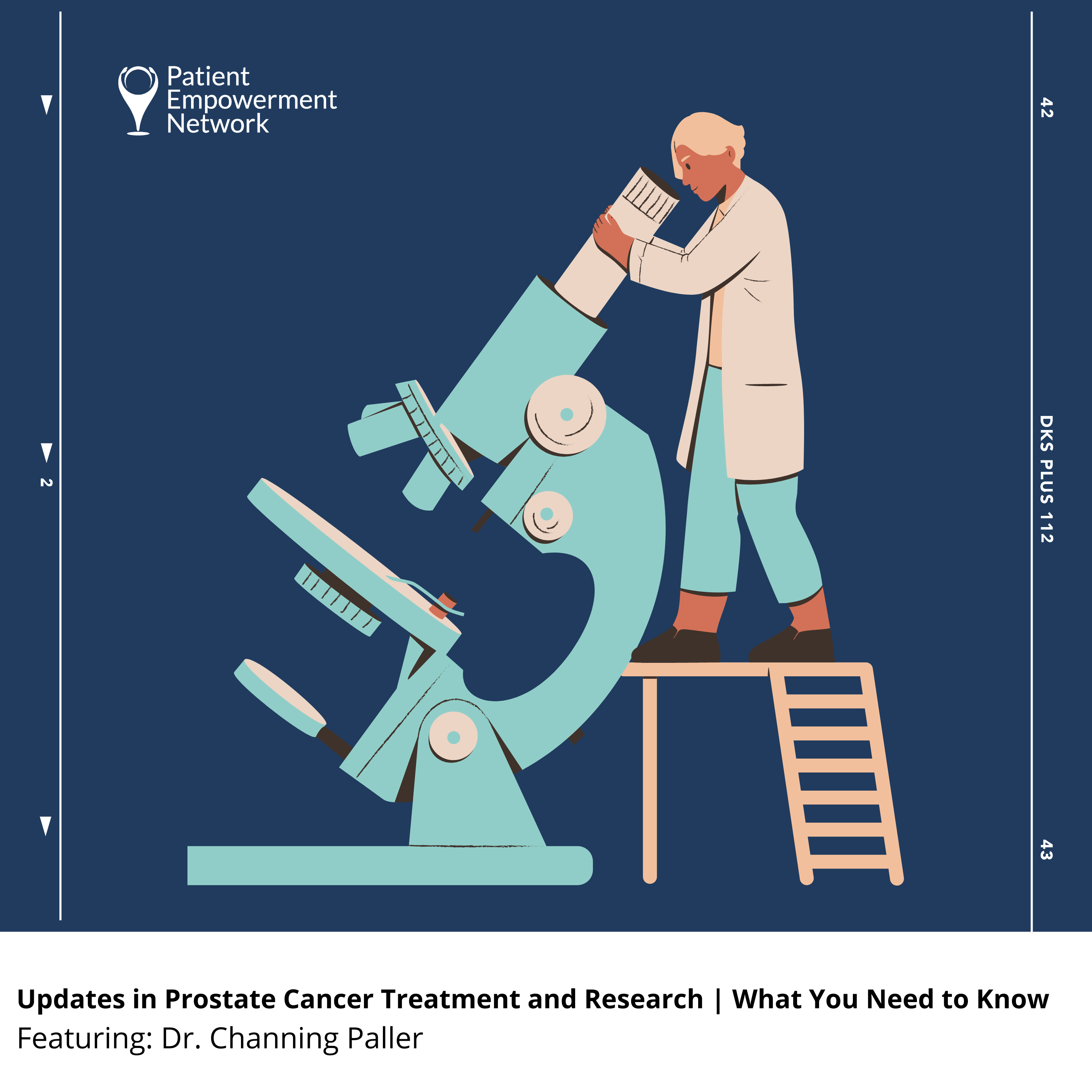Best Prostate Cancer Doctor Fundamentals Explained
Wiki Article
Prostate Cancer Cells Treatment: Surgical and Non-Surgical Approaches Explained
When faced with a prostate cancer medical diagnosis, the range of therapy options can appear overwhelming. This detailed overview aims to lose light on the complexities of prostate cancer cells treatment, offering understandings into the complexities of each strategy to equip people in making educated options regarding their wellness.Surgical Treatment Alternatives
When thinking about surgical treatment alternatives for prostate cancer cells, clients and medical care providers frequently consider the advantages and risks linked with different procedures. This treatment is often recommended for individuals with local prostate cancer cells and provides the possibility for a remedy.
One more surgical option is robotic-assisted laparoscopic prostatectomy, a minimally invasive procedure that utilizes a robotic system to assist the cosmetic surgeon in removing the prostate. This technique can lead to less blood loss, much shorter health center stays, and faster recuperation times compared to conventional open surgical procedure. Nevertheless, it additionally lugs the threat of difficulties such as infection and injury to surrounding organs.
Inevitably, the choice of surgical therapy for prostate cancer depends upon various variables including the phase of the cancer, the individual's overall health and wellness, and their choices concerning possible side effects and recuperation times. Consulting with a multidisciplinary team including urologists, oncologists, and radiation oncologists can aid clients make educated decisions concerning the most appropriate medical technique for their specific case.

Non-Surgical Treatment Alternatives
Taking into consideration options to medical treatments, non-surgical treatment options for prostate cancer cells deal clients additional opportunities for taking care of the illness while decreasing prospective medical risks. One non-surgical approach is Energetic Monitoring, where individuals with low-risk prostate cancer are checked very closely through normal check-ups, blood examinations, and biopsies, without undertaking prompt therapy. This strategy intends to avoid unneeded treatment and its affiliated side impacts, such as incontinence and erectile dysfunction.An additional non-surgical option is Radiation Therapy, which makes use of high-energy rays to kill cancer cells (best prostate surgeon in Mumbai). This therapy can be delivered externally using a maker (Exterior Light beam Radiation) or inside through tiny radioactive pellets put near the tumor (Brachytherapy) Radiation therapy can be used as a primary treatment or in mix with various other treatments, such as hormonal agent treatment
Furthermore, Hormonal Agent Therapy is a non-surgical method that intends to minimize the degrees of male hormones (androgens) in the body, as these hormones can fuel the development of prostate cancer cells. By lowering or blocking androgen levels, hormone treatment can decrease cancer cells progression and alleviate signs and symptoms in innovative cases.
Robotic-Assisted Surgical Treatment for Prostate Cancer Cells

Among the key benefits of robotic-assisted surgical procedure for prostate cancer cells is its capacity to minimize the risk of problems and side effects frequently related to open surgical treatment, such as blood use this link loss, pain, infection, and expanded recovery times. Patients undertaking robotic-assisted procedures often experience much shorter medical facility keeps, much less postoperative pain, and much faster return to normal tasks. In addition, the minimally invasive nature of robotic surgical treatment commonly leads to smaller sized cuts, causing boosted aesthetic end results and decreased scarring for patients. Overall, robotic-assisted surgery stands for an advanced approach to prostate cancer cells therapy that combines technological improvements with surgical expertise to maximize client outcomes.
Radiation Treatment for Prostate Cancer
Making use of sophisticated radiation innovation, radiation treatment plays a vital function in the thorough therapy of prostate cancer cells. Radiation treatment utilizes high-energy radiation to destroy cancer cells and shrink tumors. It is a typical treatment alternative for prostate cancer, either as a key therapy or in combination with surgical procedure, hormone treatment, or radiation treatment.There are two major types of radiation treatment utilized for prostate cancer cells: exterior beam radiation therapy (EBRT) and brachytherapy. These seeds discharge radiation that kills the cancer cells over time.
Radiation therapy for prostate cancer cells is highly effective, additional info with high cure prices, especially for localized cancer. It is also a beneficial option for individuals who might not be ideal prospects for surgical procedure. Like any type of therapy, radiation therapy may have side effects, such as urinary troubles, exhaustion, and skin inflammation, yet these are workable and commonly temporary.
Hormonal Agent Treatment for Prostate Cancer Cells
Hormonal agent treatment is a typically used treatment technique for prostate cancer administration. Hormone treatment, also understood as androgen starvation treatment, aims to reduce testosterone degrees in the body or block the hormonal agent's impacts on the prostate cancer cells, hence slowing down the disease's progression.There are various types of hormone treatment for prostate cancer, including medicines that reduced testosterone levels (such as luteinizing hormone-releasing hormone agonists and antagonists), or medications that block testosterone from getting to cancer cells (like anti-androgens) Hormonal agent therapy can be utilized alone or in combination with other treatments like radiation therapy, depending on the phase and aggressiveness of the cancer.
While hormonal agent treatment can efficiently manage prostate cancer cells development, it may come with side results such as warm flashes, loss of sex drive, impotence, and osteoporosis - best prostate surgeon in Mumbai. Regular tracking and discussions with doctor are important to take care of these side effects and ensure the therapy's effectiveness
useful site
Conclusion
To conclude, the treatment options for prostate cancer cells consist of non-surgical and medical methods such as robotic-assisted surgical treatment, radiation therapy, and hormone treatment. Each approach has its very own benefits and threats, and the selection of treatment relies on different variables such as the stage of cancer and general health of the person. It is essential for people to go over these options with their doctor to establish one of the most ideal strategy for their individual situation.
Making use of innovative radiation innovation, radiation therapy plays a critical role in the comprehensive therapy of prostate cancer cells. It is a common therapy option for prostate cancer cells, either as a main therapy or in mix with surgery, hormonal agent treatment, or chemotherapy.
Radiation treatment for prostate cancer cells is extremely effective, with high treatment prices, particularly for local cancer cells.Hormone treatment is a generally used therapy strategy for prostate cancer cells monitoring.In final thought, the therapy choices for prostate cancer consist of surgical and non-surgical strategies such as robotic-assisted surgical treatment, radiation therapy, and hormone treatment.
Report this wiki page